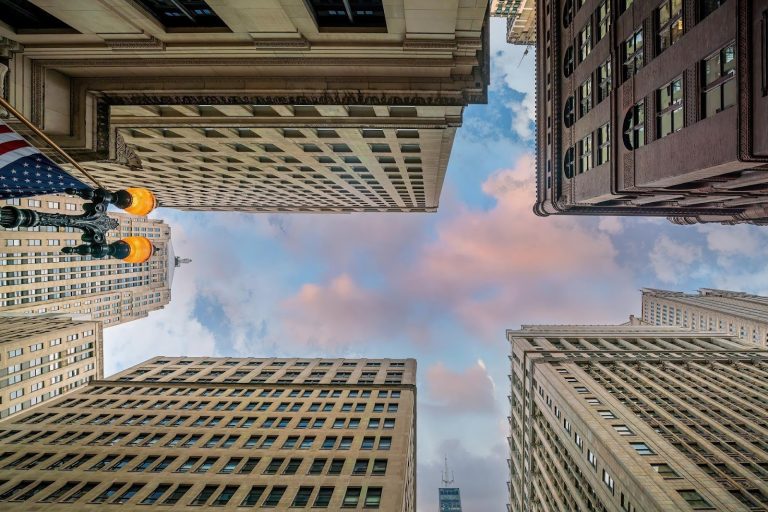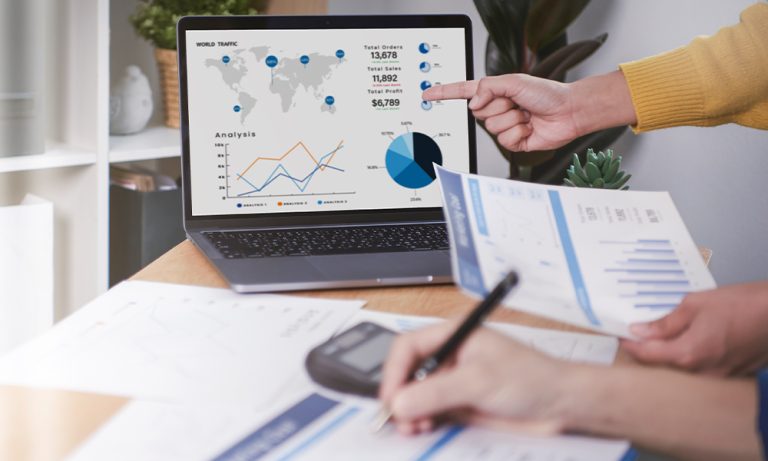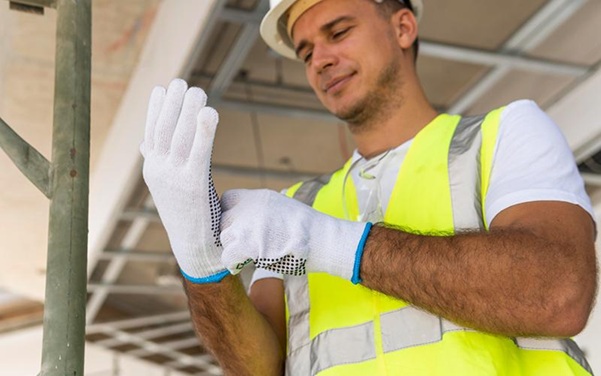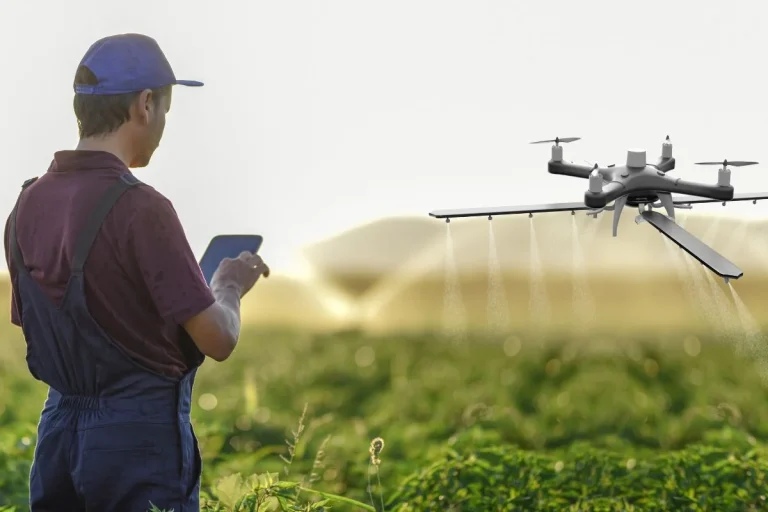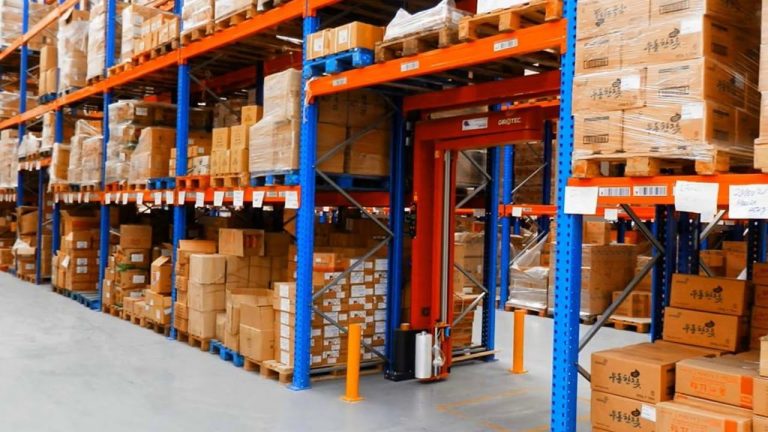Workplace Safety Trends in 2025: The Rise of AI-Driven Insights
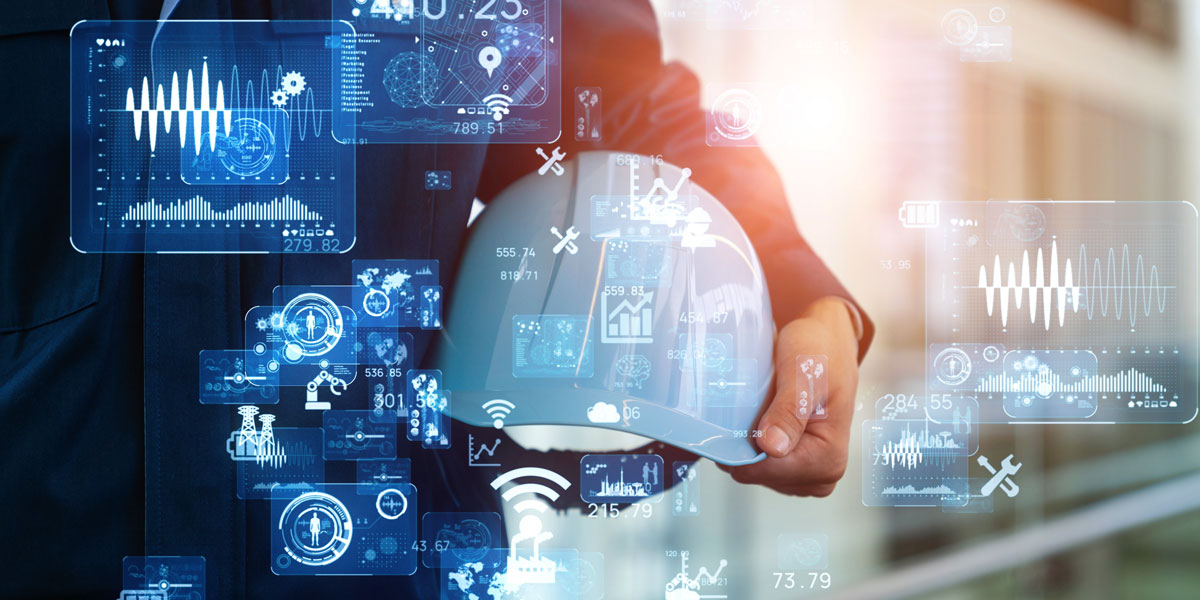
Workplace safety has always been a core concern for businesses, but in 2025, it’s taking on a new shape. As industries accelerate their digital transformation and navigate economic pressure, the safety function is no longer just about compliance—it’s about leveraging intelligence to protect people, sustain productivity, and prepare for what’s ahead.
Organisations are increasingly moving away from reactive safety approaches, where issues are addressed only after an incident occurs. Instead, they are turning to real-time insights and predictive tools that help them stay ahead of potential risks. Artificial intelligence (AI), particularly when paired with computer vision and analytics, is driving this shift—and setting the pace for modern safety programmes.
Top Workplace Safety Trends in 2025
The following AI-driven trends are reshaping how companies think about and manage workplace risk:
- Real-Time Hazard Detection: Advanced computer vision systems connected to CCTV cameras and sensors can now identify violations the moment they happen. From spotting missing PPE to detecting a person entering a restricted area, AI helps companies take immediate corrective action before incidents escalate.
- Predictive Risk Profiling: AI platforms are leveraging historical safety data to anticipate where and when risks are likely to arise. By analysing trends across departments, shifts, and facilities, organisations can deploy interventions before incidents occur—transforming near misses into coaching opportunities.
- Behaviour-Based Interventions: Instead of focusing solely on rules and penalties, forward-thinking organisations are using AI to identify patterns in unsafe behaviour. This enables supervisors to provide timely coaching, support safer habits, and foster a culture of accountability rather than fear.
- Ergonomic and Posture Monitoring: With musculoskeletal disorders still among the leading causes of lost workdays, AI is being used to monitor body mechanics. Systems can detect repetitive movements, awkward postures, and overexertion, enabling companies to redesign tasks or rotate staff before injuries occur.
- Transparent Compliance and Audit Readiness: Automated record-keeping and incident tracking through AI ensures that every event is documented with visual evidence and timestamps. This simplifies audit preparation, supports insurance claims, and reinforces credibility with regulators and stakeholders.
The Role of AI in Safety Culture
One of the most transformative effects of AI in workplace safety isn’t just about detection—it’s about culture. By surfacing patterns and highlighting risks objectively, AI helps build a workplace where safety conversations are rooted in data, not blame.
Instead of waiting for formal inspections or monthly reviews, teams have access to live dashboards that show how safety is trending in their environment. Managers can recognise positive behaviour, identify areas that need support, and create a more collaborative, continuous safety process.
Employees, too, gain confidence from knowing that oversight is fair, consistent, and designed to protect—not punish. This transparency fosters trust and increases participation in safety initiatives.
Industry Sectors Leading the Way
While AI safety tools are gaining traction across all industries, certain sectors are leading adoption due to their scale, complexity, and exposure to risk. These include:
- Manufacturing: AI is used to detect PPE violations, monitor machinery interaction zones, and track ergonomic hazards on the assembly line.
- Logistics and Warehousing: Computer vision helps reduce vehicle-pedestrian collisions, ensure safe forklift operation, and monitor traffic flow in busy distribution centres.
- Construction: With ever-changing environments and high personnel turnover, AI provides dynamic monitoring of safety zones, fall protection compliance, and worker behaviour.
- Food and Beverage: AI tools are helping ensure hygiene protocols, PPE adherence, and ergonomic risk mitigation in temperature-controlled and high-volume environments.
These industries are demonstrating that proactive safety not only prevents incidents—it also reduces downtime, improves morale, and contributes to long-term profitability.
Results That Matter
According to Protex AI’s workplace safety trends report, companies using AI-powered safety solutions are already seeing measurable improvements:
- 41% reported fewer safety incidents after implementing real-time monitoring and coaching tools.
- 36% improved PPE compliance rates, especially in zones where lapses were previously hard to monitor.
- 29% saw higher employee engagement with safety programmes, from reporting hazards to participating in training.
These outcomes highlight the value of AI as more than a monitoring tool. It becomes a system for continuous improvement—one that turns every risk into a learning opportunity and every interaction into a chance to reinforce a culture of care.
Building for the Future
Looking ahead, AI safety systems will continue to evolve. We can expect to see tighter integration with wearables, digital twins, and smart facility systems that coordinate safety data with production, maintenance, and HR functions.
Predictive analytics will get smarter. AI models will use broader contextual data—weather conditions, shift fatigue profiles, and seasonal trends—to build even more accurate risk forecasts. This will allow organisations to pre-emptively schedule interventions, adapt policies, or redistribute resources based on real-time conditions.
Importantly, these tools won’t replace human judgement—they will enhance it. AI will free up safety professionals to focus on leadership, culture, and strategic planning, while automating the repetitive and reactive tasks that previously consumed their time.
As safety becomes more digital, it also becomes more connected—to people, performance, and purpose. Platforms like Protex AI’s workplace safety trends report illustrate just how powerful this transformation can be—for organisations ready to lead with insight rather than reaction.

